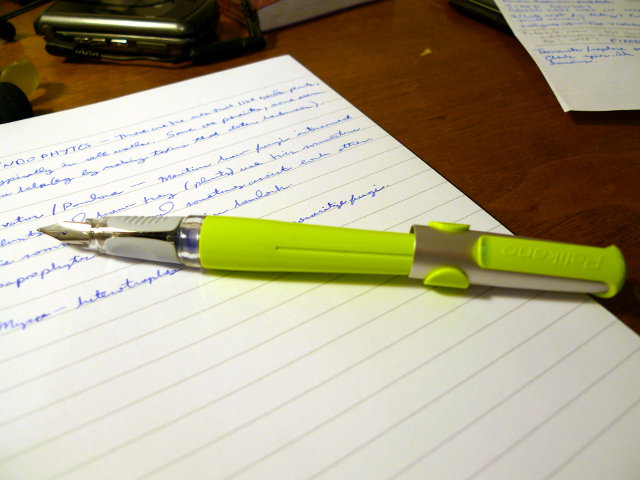The Stupidest Modern Floor Plan Innovation Yet
Published at 09:23 on 18 February 2014
Yes, even stupider than the famously stupid “open floor plan” that means you have insufficient wall space for bookcases and artwork and get to live in your kitchen. Dirty dishes and cooking smells: the perfect living room accents. Not!
Try the two-bedroom house with each bedroom being a master suite. Let’s make it impossible for either me or my prospective roommate to host a visitor on the living room couch without compelling said visitor to trudge through someone’s private bedroom in order to take a shower. Let’s pump up the cost per square foot (and compel we waste heated square feet) by adding a third bathroom (to a two-bedroom house!) for guests to use. And since it’s only a half-bath, overnight guests still have to trudge through a private bedroom once per day.
Why is it that virtually no innovations in domestic architecture later than about 1940 seem to have any merits whatsoever? About the only two exceptions I can think of are better insulation and hookups for clothes dryers. If you’re in a hot climate (I’m not), air conditioning can be added, making it a list of three.
Aside from that, seemingly every other new idea has been a variation on the theme of stupid: removing trim (goodbye picture rails, hello drilling holes in your walls and searching for studs), wall-to-wall carpeting (a floor treatment that’s impossible to keep clean, the perfect innovation for people who like to live with lots of dirt), dishwashers (let’s take up cabinet space for a device which only gets your dishes clean if you spend 95% of the effort of just washing them yourself on pre-rinsing them), soffits (let’s deliberately reduce the amount of storage in your kitchen, so that we can then compel you to devote more square feet to it than you really need), formica counters (why use tile when you can use something easily scorched and burnt instead), sinks that are no longer recessed in the countertop (that stray water belongs dripping down your cabinet faces and onto the floor, not back in the sink), the list goes on and on and on.

